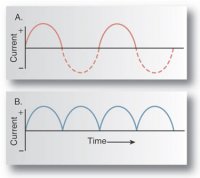Texasstar
Can't is a four letter dirty word
Ok there is a mad scientist in the group and his name is Sonreir. (Some of us would like to know the etymology behind such a handle but it probably involves a secret handshake) so are you tired of buying batteries? Watch this then call Sonreir http://youtu.be/EnozOrPnTgc







